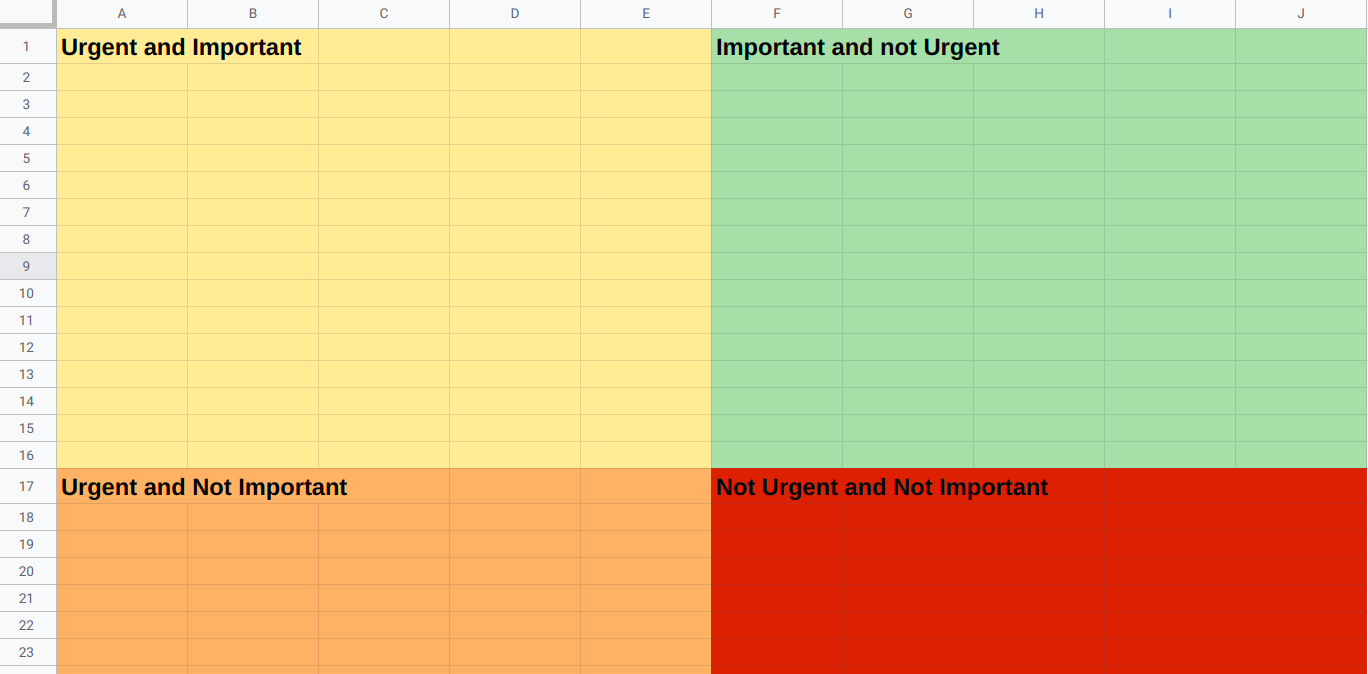Let me ask you a simple question:
Would you prefer that you score a home run but your team loses, or would you prefer that you didn’t score at all but your team wins?
If you are like me, I am sure you prefer that your team wins.
In many ways, business is similar to sports – the goal in both cases is to combine all the players’ efforts and advance the team as a whole.
To win in business, you need to focus on group efforts.
What happens in a baseball game when one player doesn’t perform well? Well, the responsibility on the other players grows.
Similarly, in order to create global teams that work, you need to change individual perspectives from “This is not my responsibility,” to “Hey, my teammate in trouble, let me see where can I pitch in and help us get this win. “
So, how do you achieve that? How do you optimize your global team for success?
Key 1: Try to avoid competition between peers.
If Player A is doing a good job, that doesn’t mean Player B is doing badly.
The success of one person does not equate to the failure of another.
What matters is the success of the team.
You need to make sure that your employees realize this.
How can I do this?
First: Make sure that you establish clear team goals.
Second: Set up one-on-one meetings with your employees.
Here based on the team goals – you and employees need to come up with mutually agreeable individual goals/objective for him/her.
These individual goals need to be linked to the team goals.
Successful completion of an individual goal should reflect as progress made towards the successful completion of a team goal.
Now, you need to figure out your incentives structure.
Incentives need to be based on team performance and individual performance.
You might be thinking – then how can we incentivize individual without having competition between peers?
Well, the trick is to get individuals to compete with themselves.
It is your job to create a race track for them. This is how you can do that:
1) Decide the key metric to be measured. This key metric should have a high correlation with the individual’s objectives.
2) Set targets for them.
3) Give your employees a platform to measure themselves on a regular basis.
For example: If an employee is resolving 60 tickets a day with a quality score of 8.5 out of ten, then you can add a reward if the employee does 100 tickets a day with a quality score of 9.0.
Key 2: Team Training and Delegation
The 2nd key aspect of creating winning teams is to appropriately train your team members, and delegate tasks to them. For this, we need to use a task maturity tracker.
Ahh.. Task Maturity, what is that?
Initially, when a new employee takes on a new task, his task maturity in the task is low. With time and experience, his knowledge of how to execute the task increases and thus his task maturity increases.
In a new task, when TM is low, you are required to provide training and pay close attention to the performance i.e. be more hands-on
With time, as the employee gets better at his task, that is, when his TM is high, it is a good idea to delegate work i.e. be more hands-off.
Here is how to delegate effectively
To delegate effectively, make sure you have a clear, mutually agreed upon agreement between you and your employee regarding the following:
- What is the task?
- What is the end goal, and what are the desired results?
- What are the resources available?
- Rules and guidelines to be followed.
- What are the rewards, and what are the consequences?
I can’t stress enough that the above agreement has to be mutually agreed upon. It shouldn’t be an order.
Do you want to know the key ingredient/secret sauce to get your subordinate to take ownership of the task – one that is often overlooked by many?
The key here is the allocation of your time as a resource when delegating.
It is important that you allocate your time as a resource that your employee can use.
For example: You can allocate 4 hours a week to your employee. During these 4 hours, you are at your subordinate’s disposable.
You are there to help him in any way possible. That is, you will answer any question, and mentor him.
You need to ask him – “What can I do? How I can help you? I have 4 hours today. Let me know if I can be of assistance.”
You need to be willing to help and perform any task that he asks (even menial and dirty tasks).
What is the point of this, you may be thinking?
It sends a message to your employee – that he is the task owner, and he is responsible for it.
Key 3: Organize and Track Tasks
Appropriate training and delegation make projects run more smoothly.
However, you need to recognize which tasks to handle first and which to put more effort behind.
This requires classification and tracking of your tasks into 4 groups:
- Urgent and Important
- Urgent and not Important
- Not Urgent and Important
- Not Urgent and not Important
The idea here is very simple:
You want to minimize and avoid tasks in the bottom 2 quadrants, i.e. the “Not Important” quadrants.
Now, if you are spending the majority of your time in the first quadrant (Urgent and Important), this means that you are a crisis manager, always jumping from one crisis to another.
This is not good.
This means you are unable to foresee problems before they occur and prevent them.
To make real progress, it is advisable to spend your time in the second quadrant (Important and Not Urgent).
These are your long-term goals (OKRs) – planned objectives.
Completion of these tasks will usually help in avoiding a crisis later.
The idea here is to get ahead of the 8 ball.
Aim for spending around 80% of the time in the important and not urgent quadrant.
In conclusion:
I hope the above tips and points will help improve your global team’s performance.
Liked what you read? Now is the perfect time to take your business to the next level by setting up an offshore team in India.
We have helped all kinds of businesses grow, from funded startups who want to develop rapidly in order to capture the market, to small businesses trying to reduce costs.
Fill in your details below and we’ll get in touch.
[contact-form-7 404 "Not Found"]








